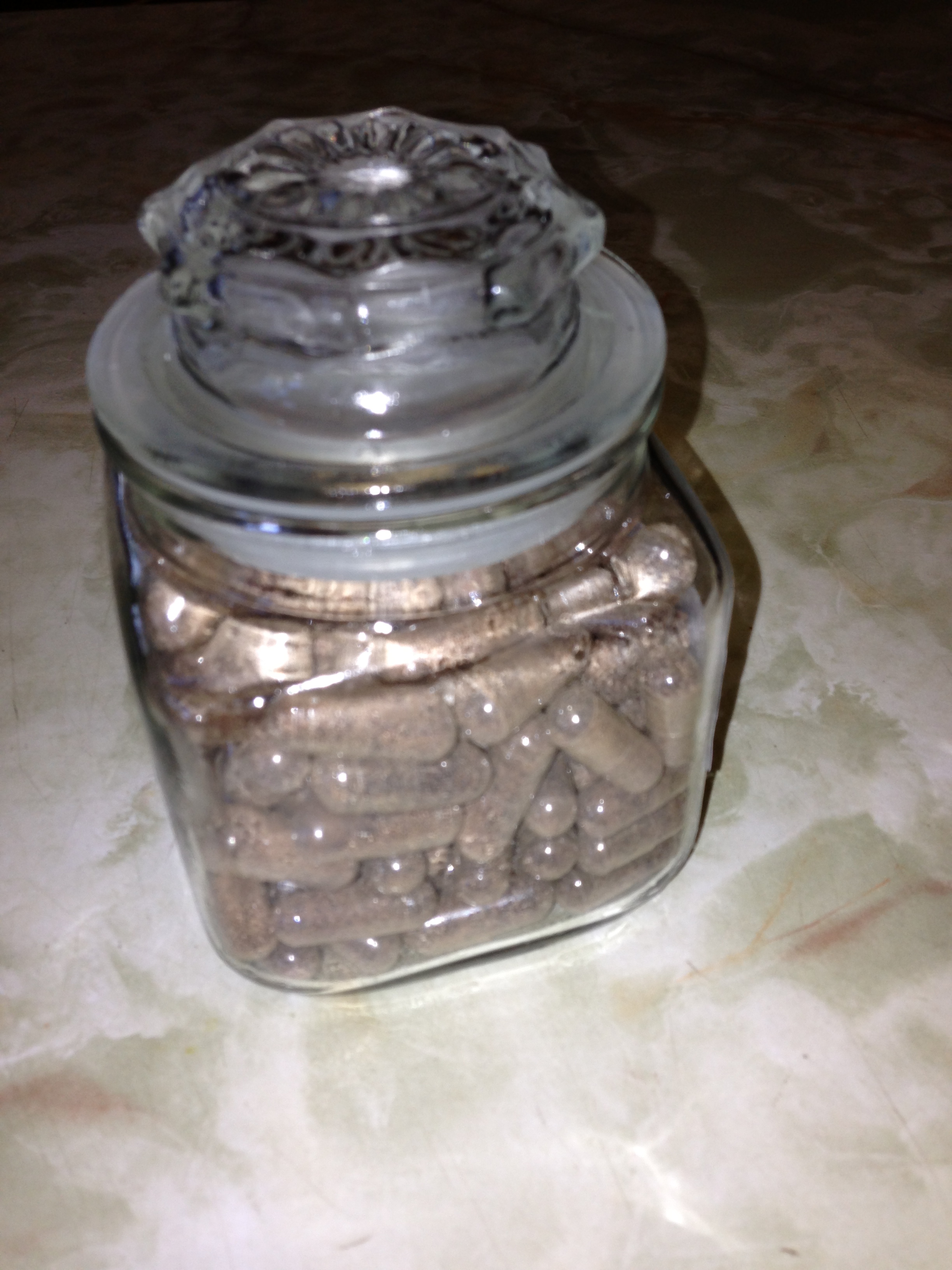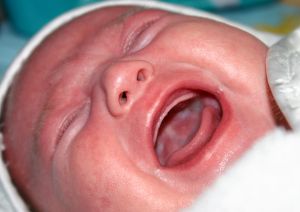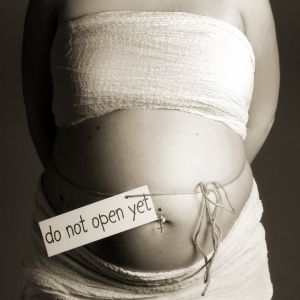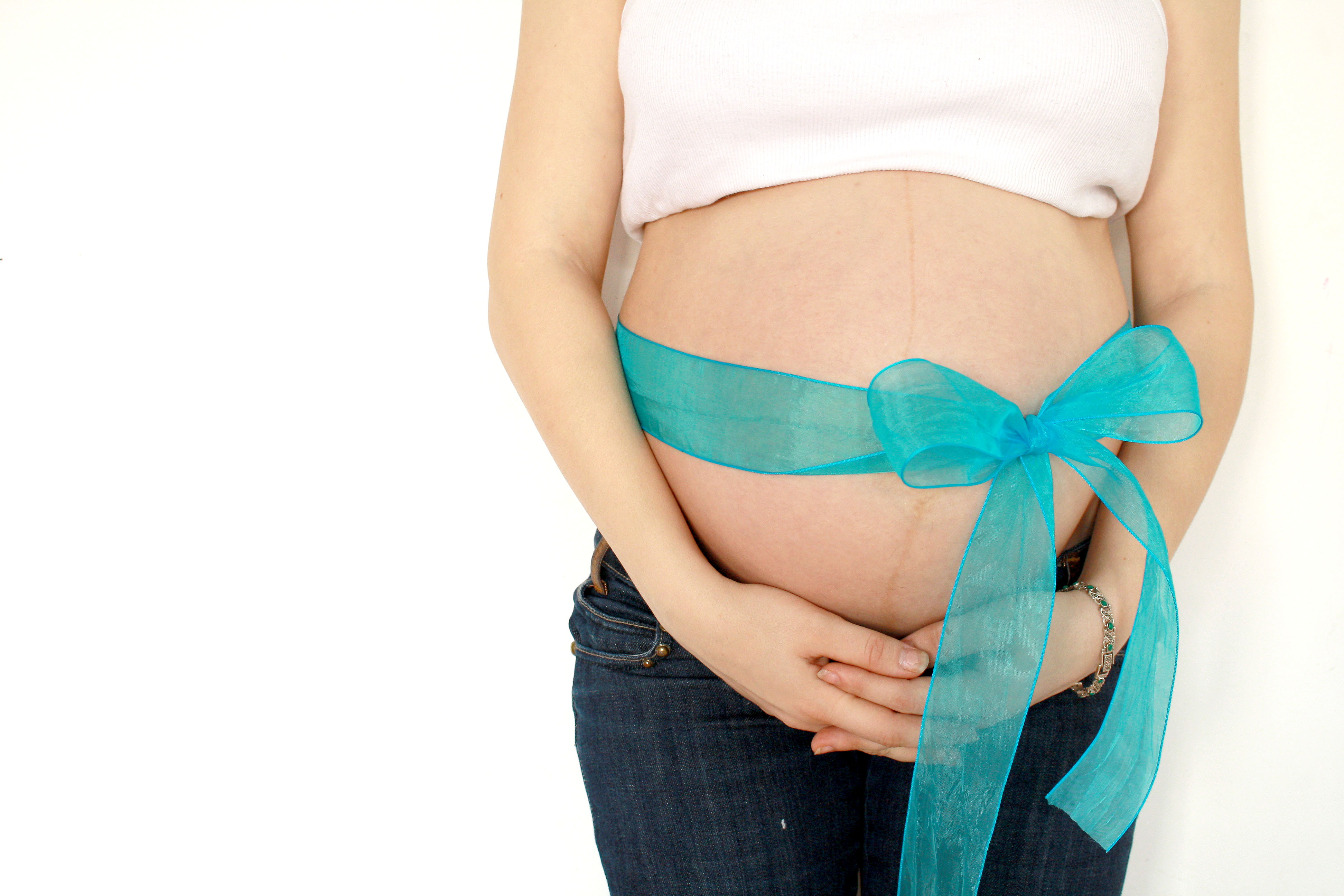 What if I told you that there is a supplement that you can take after your baby’s birth that would ensure a good milk supply, reduce your post-partum bleeding from weeks to days, give you real energy (not the fake caffeine kind) and help protect you from postpartum depression. Would you be interested?
What if I told you that there is a supplement that you can take after your baby’s birth that would ensure a good milk supply, reduce your post-partum bleeding from weeks to days, give you real energy (not the fake caffeine kind) and help protect you from postpartum depression. Would you be interested?
Oh course you would. Every women would. The transition into motherhood is stressful enough. Imagine the benefits listed above and their impact on those first few days of motherhood. Imagine how much easier it could be.
And I know the first reaction to the idea of placenta ingestion is “ywe gross”. I’m right with you there. However, I have always believed that the placenta is special and worthy of respect. I buried Julia’s placenta and planted a rose bush over it. The thought of simply throwing it away, as medical waste, didn’t seem right to me. But those people, those weirdos who eat the placenta… well that’s just going too far.
At least that’s what I used to think. Then I met Jenny West, a hypnobirthing practitioner and midwife with over 20 years experience from Albuquerque New Mexico. All that Jenny asked was that I suspend my “ywe” factor long enough to hear the information and then make my own informed decision.
And so I did. And the information she presented, along with the other information that I found on my own convinced me that this is a worthwhile endeavor and one that more women should at the very least know about, so that you can make your own informed decision. I ask the same thing of you, that Jenny asked of me. Please give the information a read before you make a decision.
To start us off, check out this news report that does a fabulous job of introducing this topic.
Ok. So how do most people view and experience the first weeks after a baby is born?
For most of us, it’s a period of surviving a steep learning curve, adjusting to life with little or no sleep and having no time to take care of yourself, as all or most of your available energy is put towards caring for your sweet new baby. For most, the postpartum period is hectic and overwhelming. Yet it doesn’t need to be that way.
Ingesting the placenta can result in a stellar postpartum experience. Women who have done this, report experiencing a tremendous amount of energy. Like one of the mamas that I know who was almost embarrassed and told me, “It’s almost as if I didn’t just have a baby, I feel that good.” We are one of the few mammals that do not do this. Why is this so common amongst mammals? The new mother receives a boost in hormones, it helps to stop the bleeding and speed the healing of the uterus, helps to replace the iron and blood cells that were lost in the birth process and ensures a good and abundant milk supply. In the wild all of these factors are critical for survival.
Perhaps we have overlooked something? I think of the lengths that women will go to to up their milk supply or to heal from postpartum depression. They are a lot more extreme that drinking a few smoothies or swallowing a few capsules.
I have met a number of women who have done this practice and all of them report the same results… increased energy, good milk supply, and simply feeling really positive overall during the postpartum period. I recently helped my friend do this. And we saw the same results.
How ever, I know that some of you reading this will not be satisfied with testimonials. You want scientific research. And I would love to give it to you.
Sadly however, there has only been a few studies with humans, and a bit of research with animals. I wish that there were more research and it sort of begs the question… why isn’t there? But that a topic for another blog entry.
What we do know is that placenta ingestion in animals results in pain relief and a change in hormone levels. A study in 2004 found that elements in the placenta created pain relief and block pain receptions in the brain. Another study in 1980 showed that the placenta contains orally-active substance(s) which modify blood levels of pituitary and ovarian hormones when ingested. These two studies were done with rats.
In 1954, a study was conducted in which 210 women, expected to have low milk supply, were administered dried placenta. 86% of the mothers noticed a significant increase in milk production. That’s impressive.
In 1998, a study investigated the biological causes of postpartum depression. Researchers discovered that the last trimester of pregnancy, the placenta secretes a horomone called corticotropin-releasing hormone, or CRH. The rise during the third trimester is so dramatic that CRH levels in the maternal bloodstream increase threefold, which it is believed helps the women go through the end of pregnancy, labour and birth.
George Chrousos, the endocrinologist who led the NIH study, and his colleagues monitored CRH levels in 17 women from the last trimester to a year after they gave birth. All the women had low levels of CRH – as low as seen in some forms of depression – in the six weeks following birth. The seven women with the lowest levels felt depressed.
Chrousos suspects that CRH levels are temporarily low in new mothers because CRH from the placenta disrupts the feedback system that regulates normal production of the hormone. During pregnancy, when CRH levels are high in the bloodstream, the hypothalamus releases less CRH. After birth, however, when this supplementary source of CRH is gone, it takes a while for the hypothalamus to get the signal that it needs to start making more CRH.
Since the placenta storehouses a large amount of this particular hormone, it makes good scientific sense that ingesting the placenta would result in more stable levels of CRH and therefore a more stable emotional life for the mother.
We also know that the placenta has high amounts of iron. Low iron has been linked with feelings of fatigue. Low iron in the postpartum period has been linked with greater instances of post-partum depression. Greater feelings of fatigue have also been linked with greater instances of postpartum depression. So it follows that ingesting the iron from the placenta which is a bio-available source of iron, would result in more energy for the mother. More energy would conceivably help to protect her from depression.
You can read the research yourself at this website which has a summery of all related research. http://www.placentabenefits.info/research.asp
So now I feel the question becomes why wouldn’t you ingest the placenta? If the benefits are so remarkable.
I know the answer… because it’s gross. Right? Right. But what if it was a capsule? Or a smoothie that tasted like a normal fruit smoothie? Could you do it then?
For me, the part that made this whole project seem doable, was that you don’t have to cook the placenta like a piece of meat. Although there are many who do it that way. And that’s fine if it works for you. But if you need a way to make it papable for you, then the smoothies and encapsulation are really the easiest way.
With the smoothie, you simply take the raw placenta, cut it into small cubes, freeze the cubes, then add 2 or 3 cubes to your favorite smoothie recipe. Easy peasy! And I promise it will taste just like any other normal smoothie as long as you blend on the highest speed for about 3-4 minutes.
Directions for encapsulation are more complicated. The book The Natural Healing Power of the Placenta, by Jenny West is an excellent resource. It is a complete how to guide. A copy of this book will arriving at the Regina Public Library shortly, or you can get your own copy by following this link. http://birthingconcepts.com/home/the-natural-healing-power-of-the-placenta/
There are many resources online as well.
http://www.placentabenefits.info/index.asp is one of the best.
I hope that at the very least you will bring home your placenta from the hospital and freeze it. (Lots of hospitals will even give you a contain to do so, or you can bring your own clean empty ice cream pail if you aren’t sure if your hospital will provide a container for you.) Then if you decide that you want to improve your post-partum period at least you have the option. Once it’s thrown out as medical waste, there is no way to get it back.
And I’m happy to say that there are now three people in Regina who are doing the placenta encapsulation service. If you would like their contact information please send me an email marie.berwald@birthbliss.ca
Marie
If you enjoyed reading this article you might also like these two posts.
Listening to your baby cry is hard. Not just math equation problem hard… gut-wenching soul-cracking hard.
And the crazy thing is that their cries are designed to invoke that reaction in you. A baby’s cry is perfectly designed to get you or anyone close by to react. Scientists have watched what happens inside a mother’s body when listening to her baby cry. The found her pulse increases, as does blood pressure and tension in the muscles of the body. Hormonally her body reacts by releasing a sizable dose of stress hormones into her blood system. Keep Reading
To me preparing for a new baby is much like getting ready for a trip to a foreign country.
You read the travel books. (AKA the mountains of baby books you have likely started to accumulate.) Keep Reading








8 thoughts on “The Healing Power of the Placenta : placenta ingestion made simple”
Do you know if there are benefits to eating at 7 months post partum? I saved my daughters and its in our deep freezer, to be planted. I never considered eating it, because like you said, it just seemed to be too much, even for me, the home birthing, breastfeeding, cloth diapering mama I am.
I know exactly what you mean. My youngest son’s placenta is in our freezer too. I planted roses on top of the other two for the same reason as you… ingestion just seemed too much until I found out more. So to your question, yes there is still a benefit to preparing them as capsules. You can use them as hormone therapy when you go through menopause. Again, there is no research either way on that, but there are lots of anecdotal reports that this is a very effective way of treating menopause symptoms such as hot flashes. My personal plan is thaw the frozen placenta and encapsulate it, and then freeze the capsules until it is time. I hope this helps. Marie
I had my placenta encapsulated with my second child. At first the idea seemed strange, but I figured, what’s the harm?
The pills were delivered to me on the day after the baby’s birth. I took two doses of the pills that day and my milk came in that night. My supply was incredible from day one. I found it made a big difference in my mood and energy levels compared to my first. My postpartum bleeding was 3 weeks compared to 7 with my first. Obviously, this isn’t a scientific case study, but I can say that were I to have another child I would definitely do it again.
Thanks, Marie, for sharing about the benefits of this!
I reluctantly agreed to ingest our daughter’s placenta (via smoothies, carefully prepared by Marie) and was pleasantly surprised! I wouldn’t have known there was anything “out of the ordinary” in the drinks, and I certainly can attest to the benefits Marie’s blog speaks to… Post-partum bleeding after my first child lasted for almost three months. Ugh! With our daughter, it was a mere two weeks. I also had way more energy and generally felt great. My body “bounced back” much faster the second time. Not only did I have more “pep”, but I also lost my “baby weight” much faster. With my first child, it took a couple of months for me to get back into my pre-baby clothes. With our daughter, I was back in my “old jeans” within a week, no kidding! I remember the nurse trying to locate my uterus (during the “home visit” a few days after the birth)… she was astounded when she finally found it, because it had shrunk so much and was so low. Anyway, I am happy Marie convinced me to give this a try. I would definitely do it again.
this was an AWESOME article!!! Thanks for the info!
Wonderful article! And by experience, I agree so much with you!